There are many reasons why you might need to glue rubber together. Maybe you’re fixing a watchband or repairing a torn rubber hose or a car door seal. In any case, it’s important to use the correct type of glue. This article will describe the best way to glue rubber together, using an example project. I’ll also mention the best type of glue for this purpose. So let’s get started!
DISCLAIMER
Always read the instructions on the glue you choose. Some information in this post refers to the specific glue we used. Also, it is best to check the technical datasheet for your adhesive’s detailed instructions and recommendations.
Can You Glue Rubber to Rubber?
Yes. For this purpose, you will need a special type of glue, which depends on the type of rubber you are dealing with. First, I will discuss the best adhesive that works on many types of rubber. After that, I will go over the best glue for rubbers, that are more challenging to bond: natural rubber, EPDM rubber, and silicone rubber.
What is the Best Glue for Rubber?
Generally speaking, the best glue for rubber bonding is Cyanoacrylate adhesive, commonly known as Super Glue. You can find two types of Super Glue – a one or two-part adhesive. The two-part Super Glue, like this Loctite Super Glue – Amazon link, is intended for hard-to-bond surfaces such as polypropylene and polyethylene. It consists of an activator that primes the hard-to-bond surfaces and glue. It is easy to use since there is no mixing required. You just prime the surface, then apply glue, and that’s it. If you are not sure what type of rubber you are dealing with, Super Glue (especially the two-part adhesive) is your best bet.
Super Glue bonds rubber instantly, so you will know right away whether it is enough or you need to look for a different adhesive. If the bond falls apart after curing, you might be working with a more difficult rubber to bond, e.g., natural rubber, EPDM rubber, or silicone rubber, which is the most challenging to bond.
How do you Glue Two Pieces of Rubber Together?
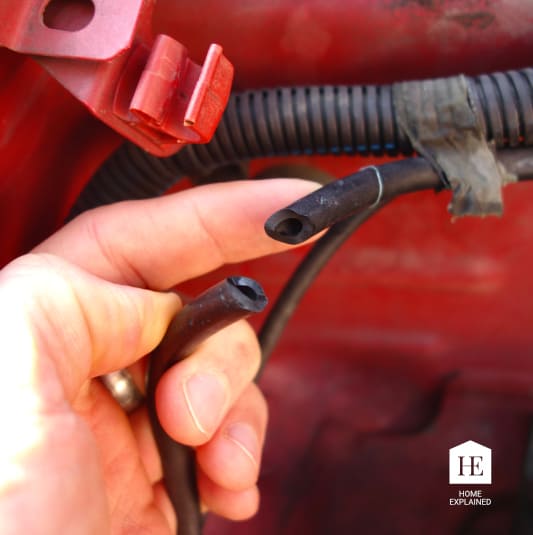
Here is a step by step process:
- Thoroughly clean and degrease the rubber surfaces to remove any chemicals (like processing lubricants, etc.) that could prevent the glue from bonding. For best results, use isopropyl alcohol (acetone might be too strong for some rubber types).
- When dry, apply the activator with the slanted felt tip to both surfaces and wait approx. 60 seconds.
- Apply a thin layer of the glue to only one surface.
- Align both ends so they fit snugly together.
- Immediately press the pieces together and wait for at least 30 seconds.
- Leave the parts undisturbed for at least 10 minutes to achieve full bond strength. It takes 24 hours for the glue to be fully cured (source).
TIP: Remember that you will have to work fast. If you already know that it takes you some time to align the two rubber pieces together, you can help yourself by matching them against each other before you glue them and draw a line across the two pieces. That way, when you are gluing both pieces together, you will just have to align the line, which should be faster.
How do You Glue Natural Rubber or EPDM Rubber?
To bond natural rubber or EPDM rubber together, you have two options. You can use a specialized adhesive intended to bond natural rubber or EPDM rubber like the Permabond 105 adhesive, which you can get on Amazon. Another option is to use the two-part Super Glue shown in the example above (Amazon link). I have tried to glue natural rubber elastic with it, and it worked.
How do You Glue Silicone Rubber?
Silicone rubber is very challenging to bond. Regular one-step Super Glue will not work. For silicone rubber you need two specialized products, a primer, and glue, specially designed to bond this type of rubber. Here you can find the best adhesive that I found on Amazon: 3M™ Scotch-Weld™ Plastic & Rubber Instant Adhesive PR100, and the 3M™ Scotch-Weld™ Instant Adhesive Primer AC79, which were recommended by a 3M Application Engineer.

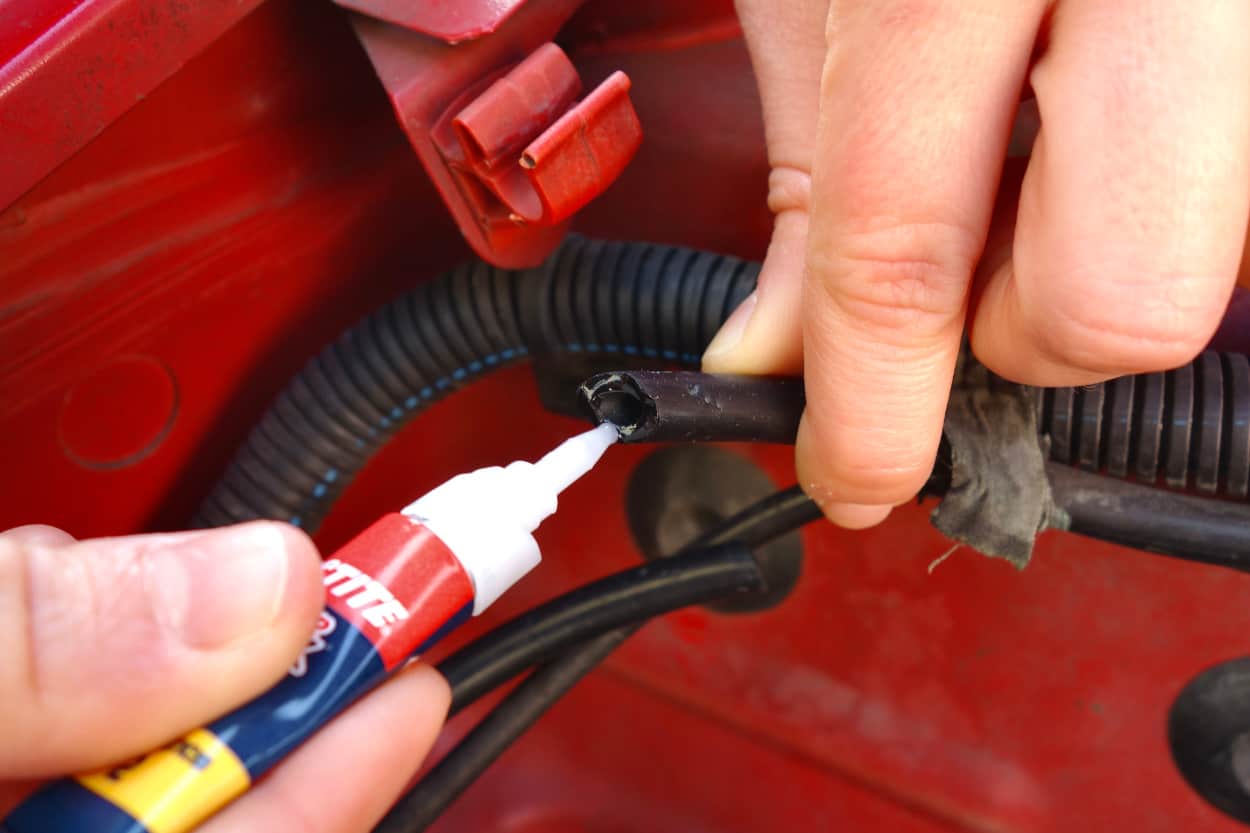
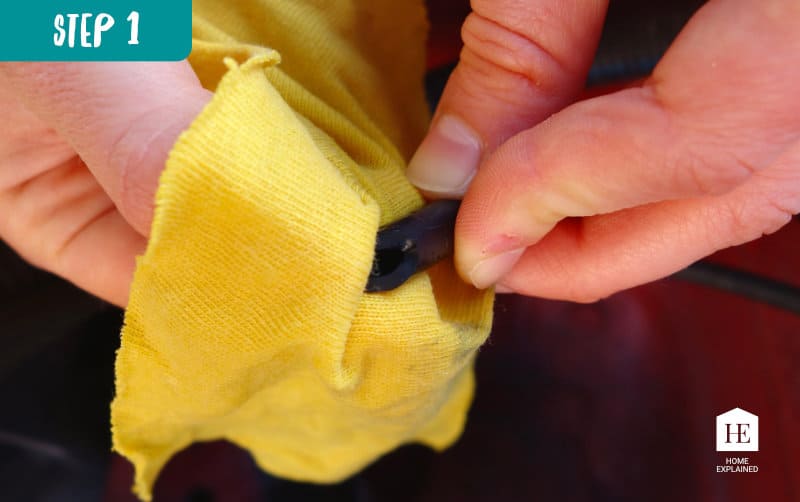
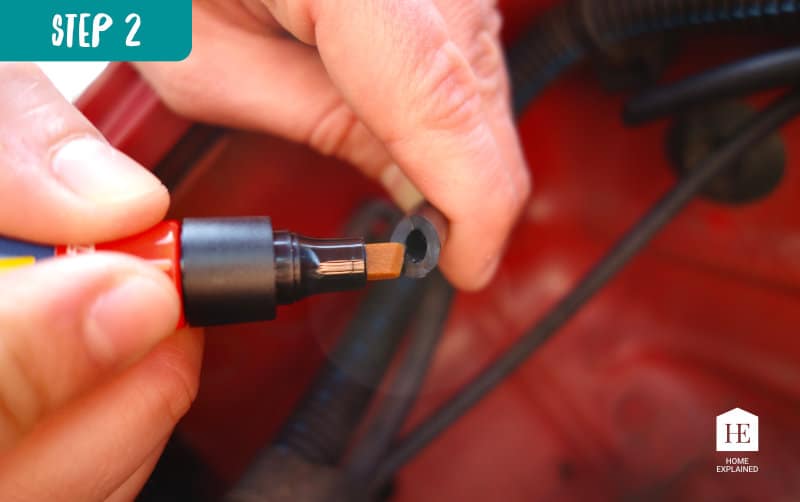
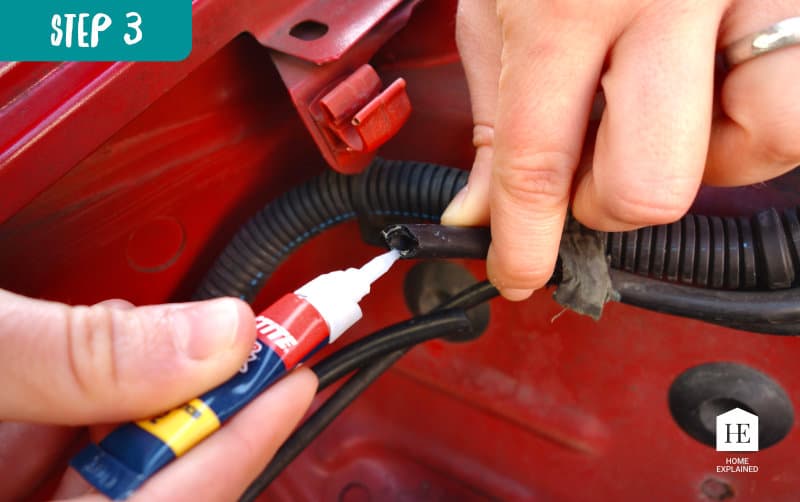
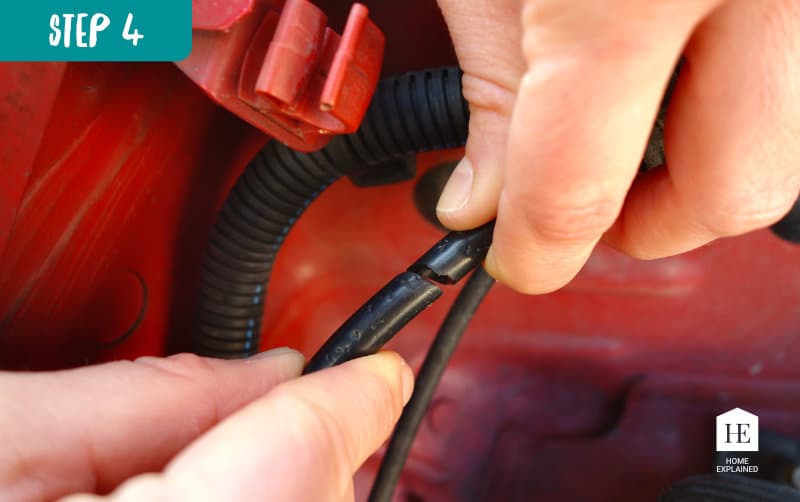
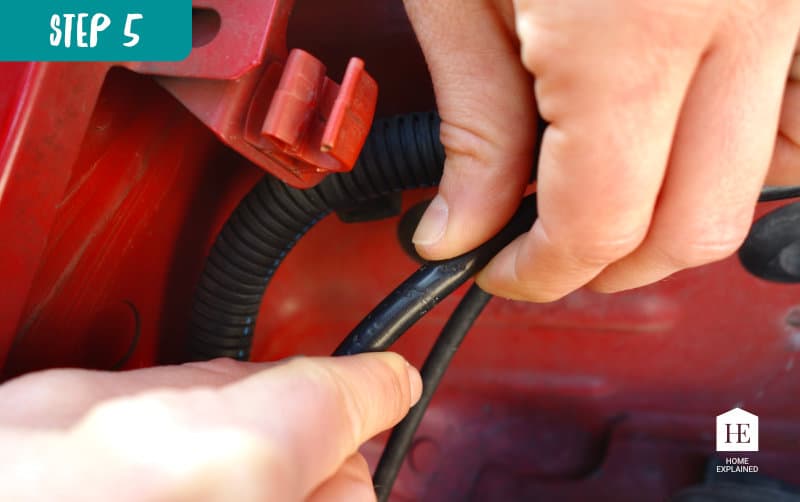
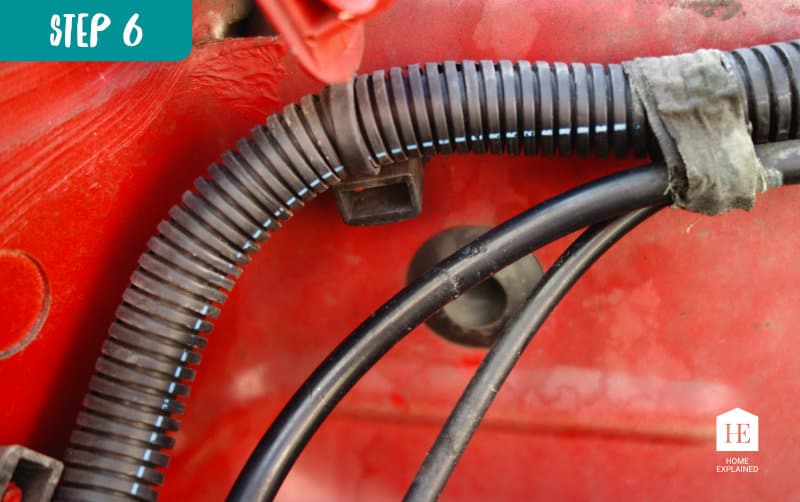

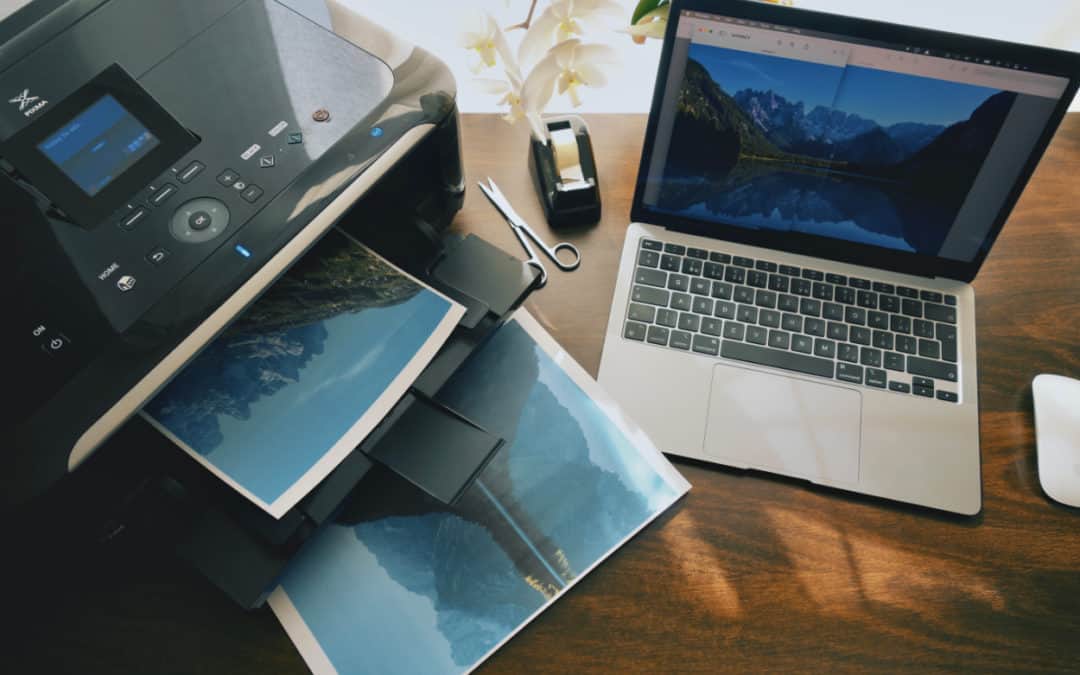



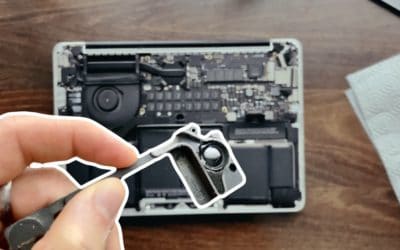

0 Comments